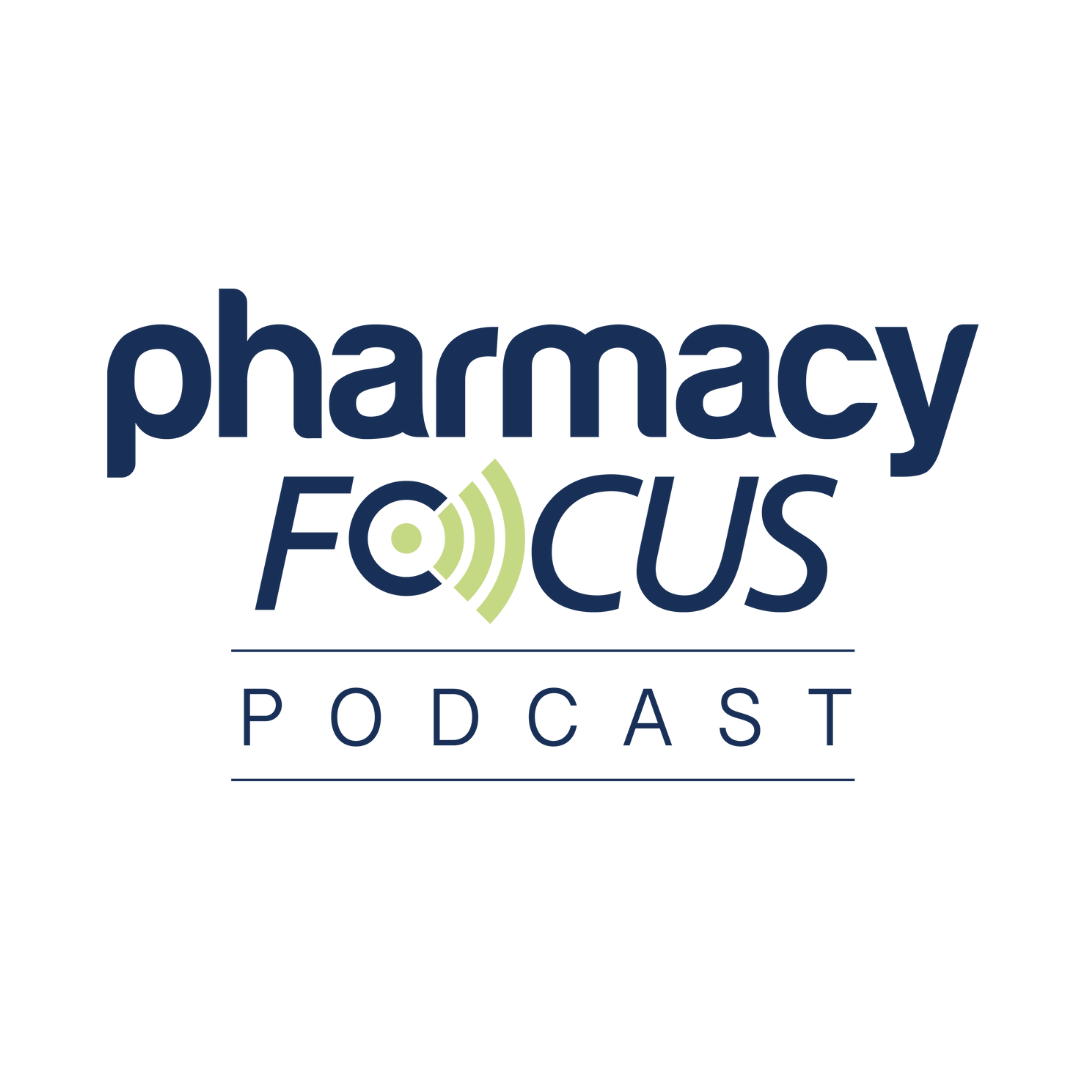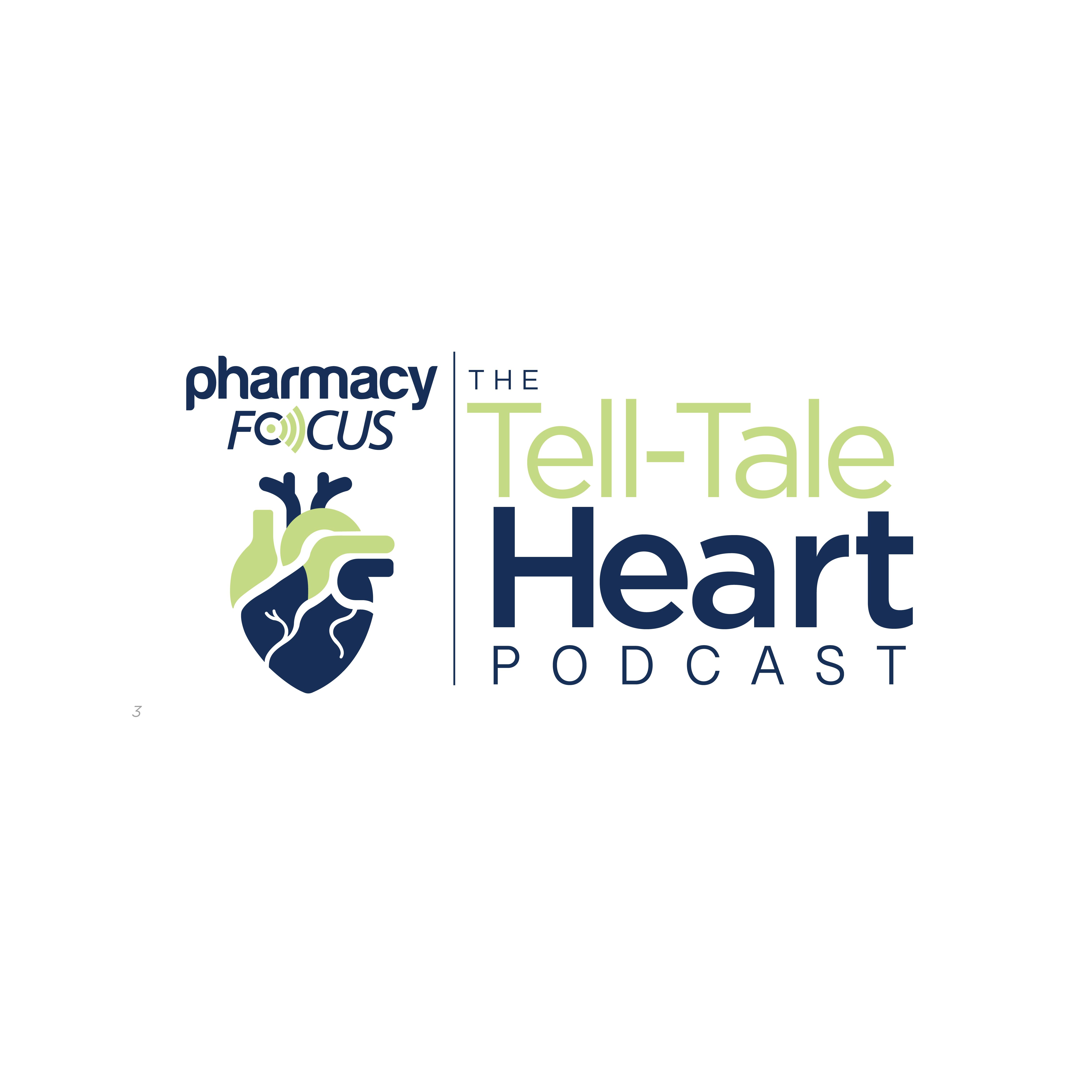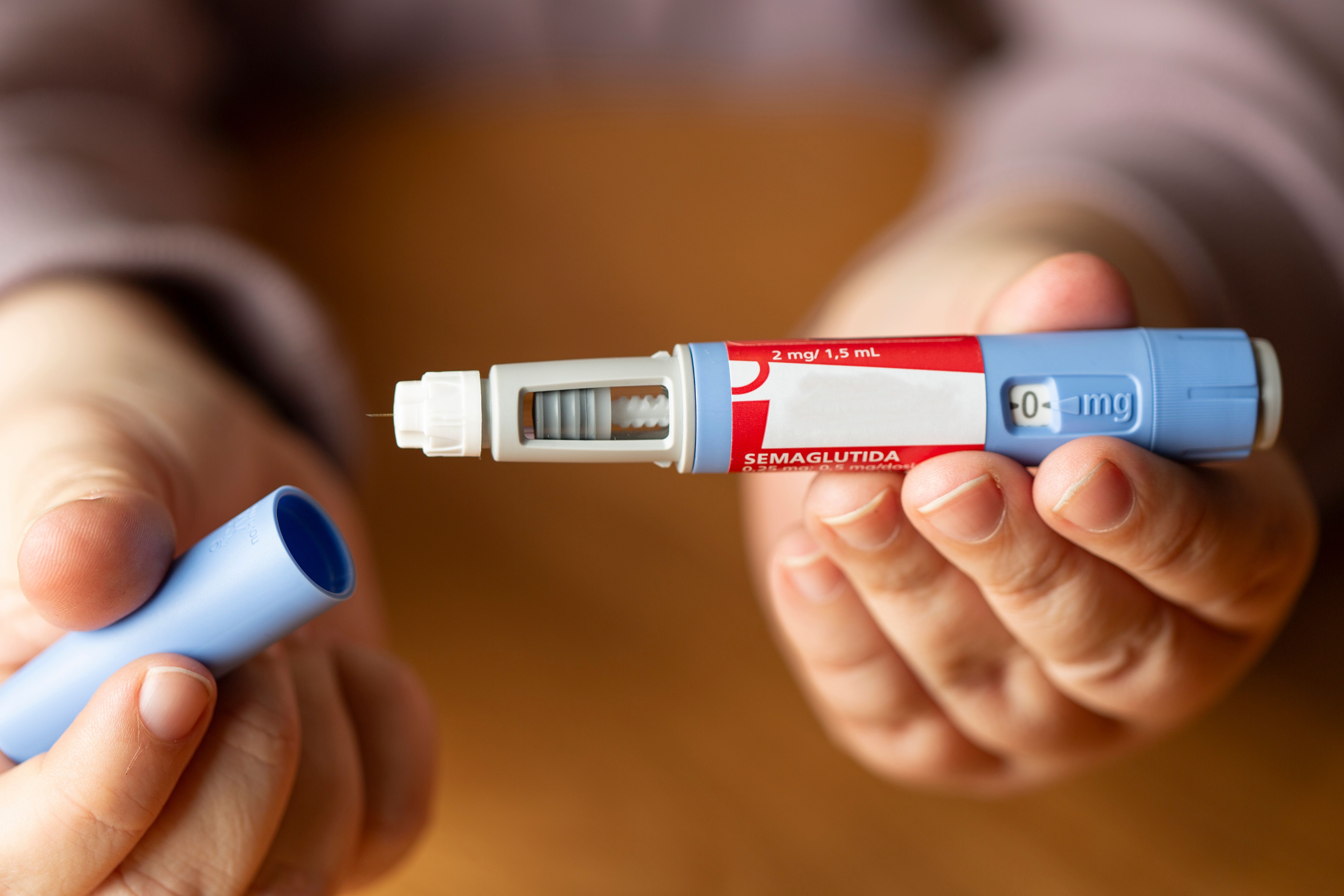News
Article
Reassessing the Safety and Efficacy of Very Low LDL Cholesterol
Fact checked by:
Key Takeaways
- LDL-C is crucial in reducing cardiovascular risk, with statins, ezetimibe, and PCSK9 inhibitors enabling significant reductions.
- Very low LDL-C levels are linked to cardiovascular benefits, but potential risks like hemorrhagic stroke and new-onset diabetes need further study.
Though cholesterol-lowering guidance often touts the achievement of very low levels of low-density lipoprotein (LDL) cholesterol, emerging research demonstrates possible safety risks.
The landscape of cholesterol management is evolving with the use of intense cholesterol lowering medications and newer agents entering the market. This has led to the achievement of increasingly lower levels of low-density lipoprotein cholesterol (LDL-C) less than 40mg/dL that trend towards extremely low levels of LDL-C less than 20 mg/dL.1 While these reductions are associated with cardiovascular (CV) benefits, they also raise concerns regarding potential risks and long-term safety implications.
Image Credit: © Superrider - stock.adobe.com

Why LDL-C is Critical to Reducing Cardiovascular Risk
Elevated LDL-C levels are a well-established causative factor for atherosclerotic cardiovascular disease (ASCVD).1 Coronary artery disease remains a leading cause of death in the US, accounting for nearly 400,000 deaths annually.1 The progression of atherosclerosis involves a complex interplay where LDL plays a pivotal role. Oxidized LDL can alter endothelial permeability, leading to vasoconstriction and the attraction of leukocytes and platelets.1 Mechanical injury to the endothelium and excessive homocysteine contribute to endothelial dysfunction, which then promotes the increased production of elastin, collagen, and proteoglycans.1 This process culminates in the formation and growth of fatty streaks into plaques that occlude blood vessels, leading to atherosclerosis.1
LDL-C is the primary therapeutic target for reducing cardiovascular risk, with statins, ezetimibe (Zetia; Merck), and proprotein convertase subtilisin/kexin type 9 (PCSK9) inhibitors enabling more aggressive reductions. Statins work by inhibiting 3-hydroxy-3-methylglutaryl-CoA (HMG-CoA) reductase enzyme, the rate limiting enzyme in biosynthesis of cholesterol.1 It is the standard of care for dyslipidemia management and helps reduce LDL by 30%.1 Ezetimibe works by preventing absorption of bile acid in the small intestine. It can lower LDL-C by about 18% when used as monotherapy and is often employed as an adjunctive therapy.1 PCSK9 regulates cholesterol by binding to LDL receptors on liver cells and promoting their degradation.1
Monoclonal antibodies such as alirocumab (Praluent; Regeneron; Sanofi) and evolocumab (Repatha; Amgen), directed against PCSK9, prevent this degradation, thereby increasing the number of LDL receptors and promoting LDL-C clearance from circulation.1 Newer PCSK9 inhibitors like inclisiran (Leqvio; Novartis), a siRNA (small interfering RNA) targeting the PCSK9 gene, have shown promising results, achieving an average LDL-C reduction of 51% with a 2-dose regimen over 9 months.1 Additionally, a novel agent with pending FDA approval is lerodalcibep (LIB Therapeutics), a monthly injectable PCSK9 inhibitor which has demonstrated significant efficacy, with 94% of patients achieving a 50% or greater reduction in LDL-C compared with placebo.2 The combination of a PCSK9 inhibitor with a statin, with or without ezetimibe, typically results in the most substantial LDL-C reduction.1
Efficacy of Very Low LDL-C Levels
Intensive LDL-C lowering has been consistently shown to slow the progression of atherosclerosis and even induce plaque regression. In a meta-analysis looking at 10 randomized trials over a median follow up duration of 28.8 months, with over 109,000 participants, investigators compared intensive LDL-C lowering (achieving less than 40mg/DL on average) with standard therapy.4 They found significantly fewer major adverse CV events with lower LDL (odds ratio: 0.82 [95% CI, 0.72–0.94]; P = .005). The Cholesterol Treatment Trialists' Collaboration (CTTC) meta-analysis reported that each 1 mmol/L (~39 mg/dL) reduction in LDL-C consistently lowers the relative risk of ASCVD events by approximately 20% to 25%, without reaching a clear plateau even at very low levels.3 This suggests that "lower is better" for cardiovascular outcomes. Sub-studies focusing on patients achieving very low LDL-C (less than 30 mg/dL) have shown a statistically significant reduction in composite endpoints, including cardiovascular death, myocardial infarction, ischemic stroke, coronary revascularization, and unstable angina, compared with patients who have LDL-C values greater than 30 mg/dL.3
Safety and Tolerability of Very Low LDL-C
The safety of very low LDL-C levels has been a key area of investigation. The European Heart Journal looked at human “experiments of nature” with lifelong genetic reductions in LDL (due to mutations in PCSK9, the LDL receptor, or apolipoprotein B) to help identify potential effects of extremely low LDL3. These individuals exhibit natural resistance to CAD and reduced atherosclerosis risk. Notably, those with PCSK9 loss-of-function mutations, whose LDL-C can be as low as 14 mg/dL, generally show no major coexisting conditions like neurocognitive deficits, diabetes, cataracts, or stroke, suggesting that such low levels are physiologically well-tolerated over a lifetime.3
Numerous clinical trials and meta-analyses have largely supported the safety of medication-induced very low LDL-C levels; however, there are concerns on potential co-morbidities linked to very low LDL-C levels in the long term. These include hemorrhagic stroke, new-onset diabetes mellitus, neurocognitive disorders, and other adverse events over extended follow up periods.3 The SPARCL study noted an increased incidence of hemorrhagic stroke with high-dose atorvastatin (Lipitor; Pfizer) in patients with prior stroke or transient ischemic attack (TIA).3 A few meta-analyses also suggested an association between lower LDL-C and higher hemorrhagic stroke risk, particularly in Asian populations.3 However, other studies, including analyses of ODYSSEY OUTCOMES with alirocumab, have shown a reduction in ischemic stroke without increasing the risk of hemorrhagic stroke, even in patients achieving LDL-C less than 25 mg/dL.3 Given conflicting literature data, it is still unclear if lower LDL-C levels are associated with higher incidence of hemorrhagic stroke and more studies are warranted to evaluate effects in the long term.
Image Credit: © appledesign - stock.adobe.com

Statin use has been associated with a modest increased incidence of new-onset diabetes, particularly with high-intensity statin therapy.3 However, the cardiovascular benefits of statins generally outweigh this risk.3 Studies indicate that high-intensity statins can moderately elevate fasting plasma glucose (FPG) levels shortly after initiation.3 However, FPG and HbA1c values tend to stabilize over time.3 The risk of developing statin-induced new-onset diabetes appears to be higher primarily in individuals with prediabetes and an elevated body mass index (BMI).3 The emergence of PCSK9 inhibitors has started to address this issue, as studies have not demonstrated an increase in FPG or the incidence of new-onset diabetes associated with their use.3 However, the cost of PCSK9 inhibitors remains a concern along with determining the optimal duration required to achieve meaningful reductions in atherosclerosis disease.3
While some early studies raised concerns for neurocognitive function (delirium, cognitive and attention disorders, dementia), a large sub-study of the FOURIER trial (EBBINGHAUS) found no difference in cognitive function between patients receiving an evolocumab/statin combination and statin-only groups, even in subgroups achieving very low LDL-C (less than 25 mg/dL).3 This is consistent with the understanding that brain cholesterol regulation is primarily dependent on local synthesis rather than circulating plasma cholesterol.3 Pooled data from randomized trials also show no significant increase in neurocognitive dysfunction.3
A meta-analysis of 10 randomized trials including over 109,000 patients found that the incidence of non-cardiovascular death, any adverse events, adverse events leading to drug discontinuation, cancer, hepatobiliary disorders, muscle disorders, and cataracts were similar between very low LDL-C groups (less than 40mg/dL) and control groups with higher LDL-C levels.4 The IMPROVE-IT safety analysis, with over 6 years of follow-up, specifically showed no increased adverse events in patients achieving LDL-C less than 30 mg/dL.3
Challenges and Future Directions
Despite the compelling evidence, some challenges remain regarding long term data of very low LDL-C and cost effectiveness of newer PCSK9 inhibitors being used. While short-to-intermediate term safety appears reassuring, long-term data (over 10 years) on the safety of extremely low LDL-C levels (eg, less than 20 mg/dL) from randomized controlled trials are still limited. Continued surveillance is needed to definitively assess potential rare side effects over extended periods. PCSK9 inhibitors significantly lower LDL-C levels; however, their high cost and the need for regular injections may hinder long-term adherence. Newer agents, such as inclisiran, which require less frequent dosing, aim to improve patient compliance and address these concerns.1
Evolving Guidelines
International guidelines now embrace low LDL targets in appropriate patients. The 2021 European Society of Cardiology (ESC) prevention guidelines recommend an ultimate LDL-C goal of less than 55mg/dL for patients with established ASCVD or other high risk conditions and less than 40 mg/dL for recurrent events.3 Guidelines stress both a percentage reduction (greater/equal to 50% from baseline) and an absolute target.3 They emphasize individualized risk stratification, enabling more aggressive targets in high-risk groups.3 These goals are more aggressive than prior guidance, reflecting confidence in the safety of intensive LDL lowering.3
In summary, current evidence indicates that cardiovascular benefits continue to increase as LDL-C levels decline without reaching a plateau, even at very low concentrations.3 While certain safety concerns persist, such as a possible link to hemorrhagic stroke and new onset diabetes, most studies affirm the overall safety of achieving very low LDL-C.1 With continued advancements in lipid-lowering medications, attaining and sustaining low levels of LDL-C has become increasingly feasible while offering greater protection against ASCVD in high-risk populations.
REFERENCES
1. Bandyopadhyay D, Qureshi A, Ghosh S, et al. Safety and efficacy of extremely low LDL-cholesterol levels and its prospects in Hyperlipidemia Management. Journal of Lipids. 2018;2018. doi:10.1155/2018/8598054
2. Novel PCSK9 inhibitor cut LDL cholesterol levels by more than half. American College of Cardiology. April 7, 2024. https://www.acc.org/About-ACC/Press-Releases/2024/04/07/11/25/novel-pcsk9-inhibitor-cut-ldl-cholesterol-levels-by-more-than-half.
3. Karagiannis, A.D. et al. (2021) ‘How low is safe? the frontier of very low (<30 mg/DL) LDL cholesterol’, European Heart Journal, 42(22), pp. 2154–2169. doi:10.1093/eurheartj/ehaa1080.
4. Patti G, Spinoni EG, Grisafi L, et al. Safety and efficacy of very low LDL-cholesterol intensive lowering: A meta-analysis and meta-regression of randomized trials. European Heart Journal - Cardiovascular Pharmacotherapy. 2022;9(2):138-147. doi:10.1093/ehjcvp/pvac049
Newsletter
Stay informed on drug updates, treatment guidelines, and pharmacy practice trends—subscribe to Pharmacy Times for weekly clinical insights.






